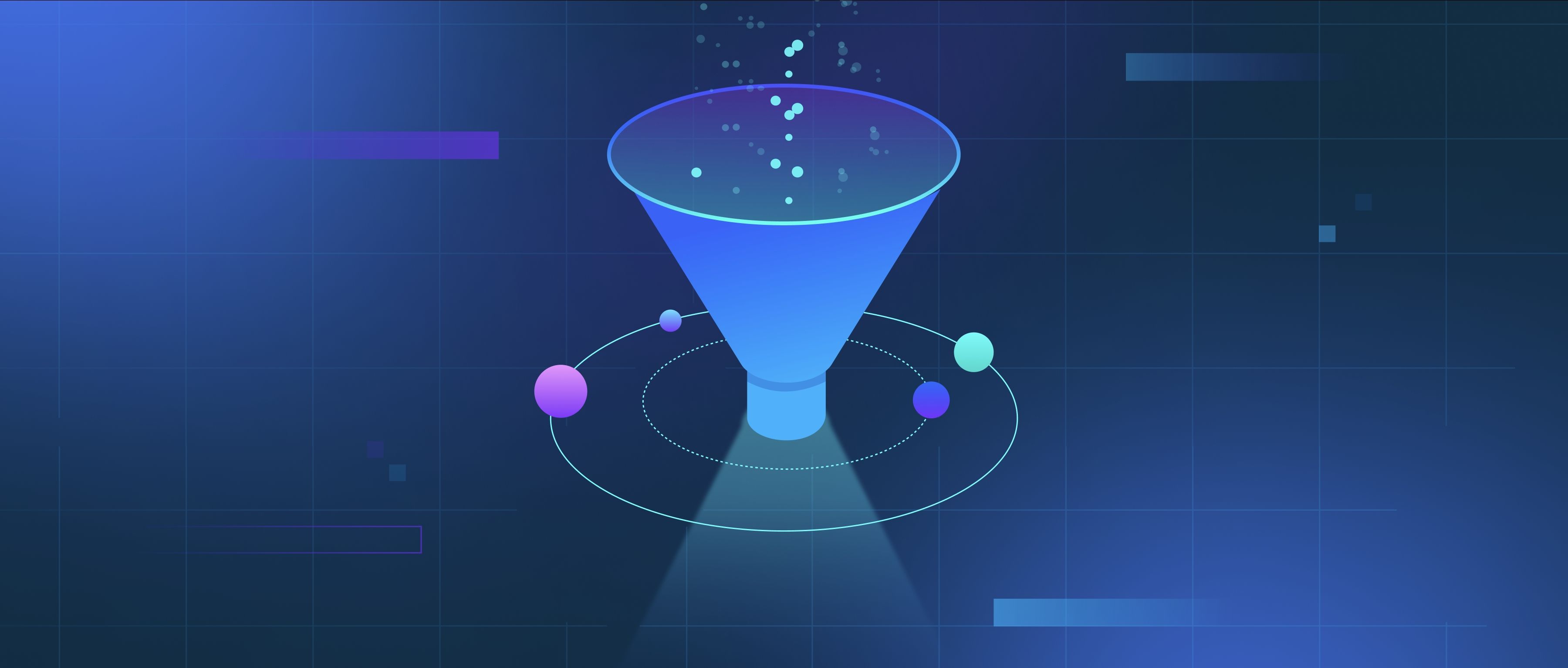Swarm robotics refers to a field of robotics that focuses on designing and controlling multiple robots to work collaboratively towards a common goal. The concept is inspired by the behaviors observed in nature, such as the way ants, bees, and flocks of birds operate as a collective unit. In swarm robotics, individual robots, called agents, work together without centralized control. Instead of relying on a single leader, each agent follows simple rules based on local information and interactions with its neighbors, enabling them to solve complex tasks collectively.
The functionality of swarm robotics relies on several key principles. First, each robot operates autonomously, making decisions based on local data and interactions. For example, in a swarm of drones performing a search and rescue operation, a drone may detect an area where a victim might be and communicate that information to nearby drones. They might not know the entire area to search, but by sharing data and adjusting their paths based on the positions of their peers, they can cover the search area efficiently. The decentralized nature of this system means that if one robot fails, the others can continue working without a significant loss of effectiveness.
Swarm robotics can be applied in a variety of real-world scenarios. For instance, in agricultural monitoring, a swarm of small robots can work together to survey crops, assess plant health, and even perform tasks like planting seeds. Another example is in environmental monitoring, where swarm robots can distribute themselves across a large area to gather data on air or water quality. Overall, swarm robotics leverages the power of collaboration among many agents to tackle challenges that would be difficult for a single robot to handle effectively.
